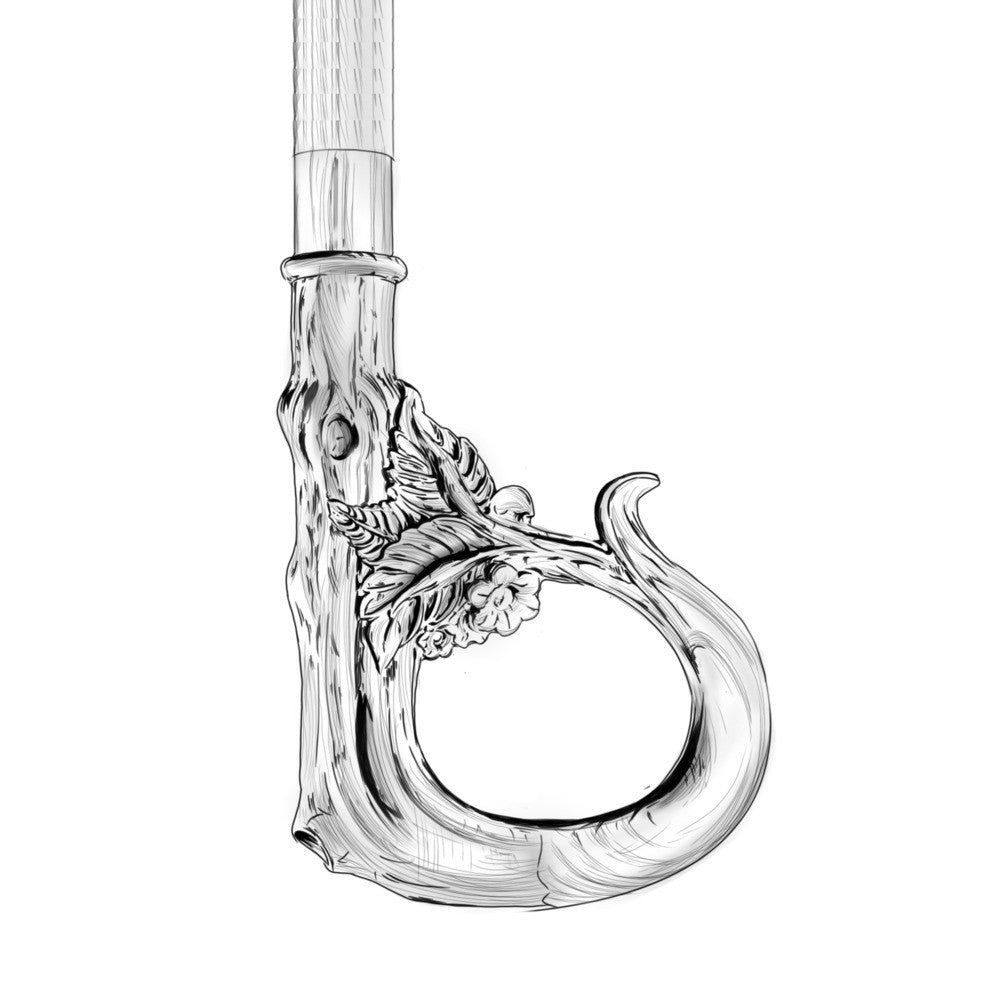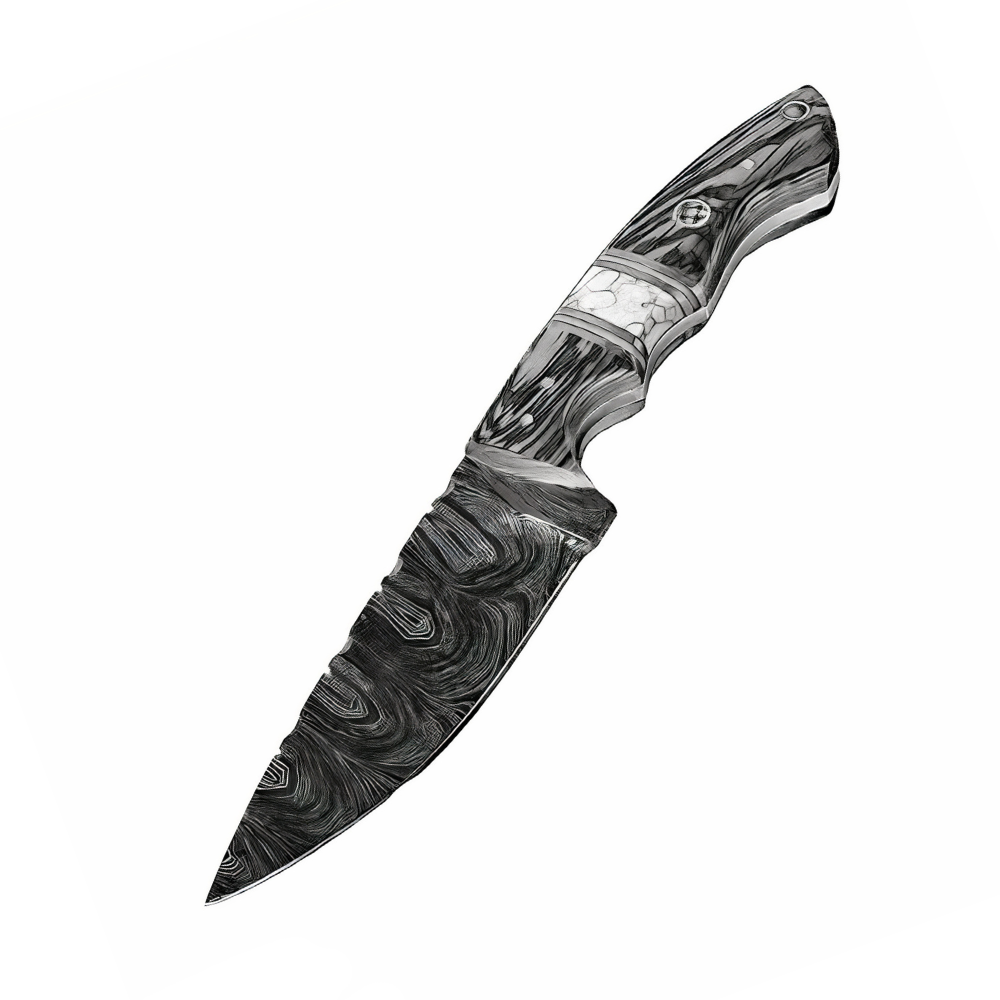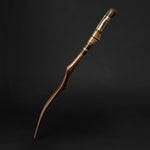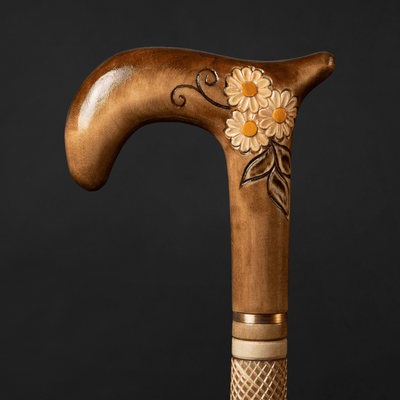You have no items in your shopping cart.
Recent Posts
-
The Art of Christmas Design: Walking Canes That Celebrate the Season in Style
-
How an Ergonomic Walking Cane Handle Prevents Hand and Wrist Strain?
-
How to Walk With a Cane Correctly to Avoid Back or Shoulder Strain?
-
5 Common Mistakes People Make When Buying a Walking Cane (and How to Avoid Them)
-
How to Choose a Walking Cane That Reflects Your Personality (Not Just Your Needs)?
-
Walking Canes That Match Formalwear for Weddings and Events
MOST POPULAR NOW
10
Mar
Mobility is an essential aspect of daily living, and independence with walking cane is an important tool for those who have difficulty walking. A walking cane can be a great aid to support balance and provide stability while walking, and can be especially helpful for seniors, individuals with disabilities or injuries, or those recovering from surgery.
Independence with walking cane
Independence with walking cane can provide a sense of security and confidence while navigating through daily life. It can also help to reduce the risk of falls and injuries, which is especially important for those with mobility issues. However, it's important to choose the right type of cane and learn how to use it correctly to maximize its benefits.
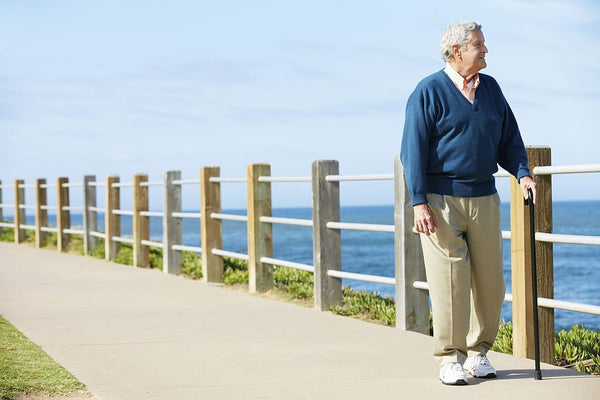
Types of walking canes
Walking canes come in different types, each with their own advantages and disadvantages. Here are some of the most common types:
- Standard canes: These canes are the most common type and are designed to support individuals who have mild balance issues. They are typically made of wood or metal, and come in different shapes and sizes. Standard canes are suitable for those who need minimal support and want to maintain their mobility.
- Quad canes: These canes have four tips instead of one, which provide greater stability and support. Quad canes are suitable for individuals who require more support than standard canes provide.
- Folding canes: These canes are designed to fold into a compact size for easy storage and transportation. They are suitable for individuals who travel frequently or have limited storage space.
- Offset canes: These canes have an angled handle that provides better support for the wrist and hand. They are suitable for individuals with arthritis or carpal tunnel syndrome.
Choosing the right walking cane
Choosing the right walking cane is crucial for maximizing its benefits. Here are some factors to consider:
- Height: The height of the cane should be appropriate for the individual using it. The cane should be adjusted to the height of the individual's wrist when the arm is at their side.
- Material: The material of the cane should be strong enough to support the individual's weight. Wood, metal, and carbon fiber are popular materials for canes.
- Grip: The grip of the cane should be comfortable and provide a secure hold. Foam, rubber, and gel grips are popular options.
- Weight: The weight of the cane should be light enough for the individual to carry and use comfortably.
Using a walking cane
Using a walking cane requires proper technique to maximize its benefits. Here are some tips:
- Hold the cane in the hand opposite the affected leg: For example, if the right leg is affected, hold the cane in the left hand.
- Place the cane on the ground: Place the cane about one foot in front of the affected leg.
- Step forward: Take a step forward with the affected leg and place it next to the cane.
- Step forward with the other leg: Take a step forward with the unaffected leg.
- Repeat: Continue to alternate steps with the cane and unaffected leg.
Conclusion
Independence with walking cane can be a valuable tool for those who have difficulty walking. Choosing the right type of cane and using it correctly can provide greater stability and support, which can improve mobility and reduce the risk of falls and injuries. By following proper technique and maintaining proper posture, individuals can enjoy the benefits of using a walking cane and maintain their independence.
Also Purchased
-
Beige Walking Cane for Ladies Chamomile Flower, Wooden Walking Stick
Introducing our beautiful Beige Walking Cane for Ladies with Chamomile Flower, a Wooden Walking Stick that is hand carved and handmade, making it both pretty and unique. This walking cane...$79.50 -
Exotic Burl Wood Walking Cane – Fashionable Artisan Stick
A sculptural statement in deep, oceanic blue — this walking cane is more than a support accessory, it's wearable art. Meticulously hand-shaped from stabilized burl wood, the handle evokes the...$425.00 -
ArtWalkingSticks™ MAGIC Walking Cane, Handmade - Make to Order
This piece of art is created for those who value details. We make one of a kind, handcrafted wood and resin canes. Our Wooden Canes are completely unmatched in creativity....$430.00 -
Umbrella with Eagle Handle, Fashion Umbrella For Men
Make a bold and fashionable statement with our Umbrella with Eagle Handle - a unique and functional accessory designed for men. The striking eagle handle is the highlight of this...$325.00 -
Fashionable Lion Shoehorn Long Handle, Pearly Brown Shaft, Handmade
Introducing our Fashionable Lion Shoehorn, a handcrafted, long-handled shoe horn with a pearly brown shaft that's both stylish and practical. The intricate Lion design adds a touch of elegance to...$240.00 -
ArtWalkingSticks™ MAGIC Red Walking Cane - Unisex, Handmade
This piece of art is created for those who value details. We make one of a kind, handcrafted wood and resin canes. Our Wooden Canes are completely unmatched in creativity....$425.00

